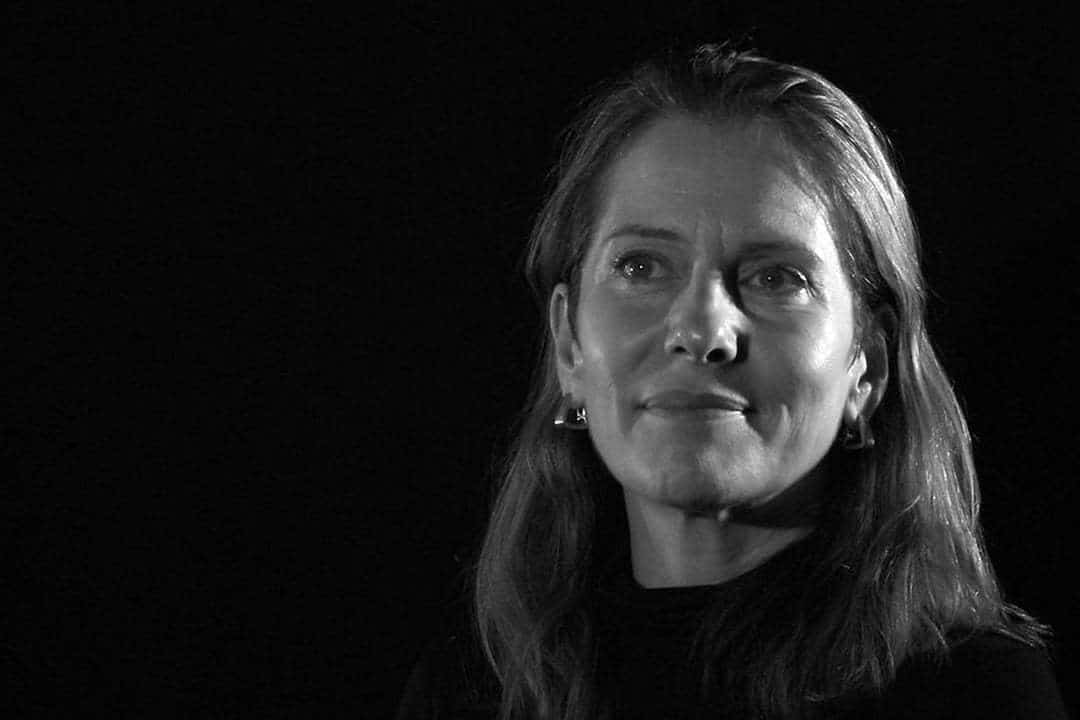Conocido en Twitter como @curiousoctopusla Conservadora Superior de Arquitectura y Diseño del Museo de Arte Moderno, Paola Antonelli, despliega tentáculos de conocimiento y sabiduría en una breve conversación. Si quieres hablar de personas que aman verdadera, loca y profundamente el diseño, esa es Antonelli.
En 2015, Revista Surface la incluyó en el "Power 100″ de las personas más influyentes del mundo del arte. También fue reconocida por la AIGA por "ampliar la influencia del diseño en la vida cotidiana compartiendo observaciones frescas e incisivas y comisariando exposiciones provocadoras en el MoMA." En la edición de este año Asociación de Diseñadores Gráficos Registrados (RGD) anual Conferencia DesignThinkers es oradora principal.
Me gustan mucho las cosas, y las cosas luego me hablan de las personas.
Es conocida por sus exposiciones vanguardistas que desafían la percepción que el público tiene de una exposición museística. Algunas de sus notables adquisiciones curatoriales para el MoMA incluyen videojuegosEl Bandera Arco Iris y el @ símbolo.
"Voy por la vida mirando cosas. Eso es lo que llama mi atención. Eso es lo que me hace pensar. Eso es lo que me gusta mirar", explica por teléfono. "Hay otras personas que, en cambio, van por la vida relacionándose sólo o sobre todo con personas, y podría decirse que ésa es una forma más natural de ir por la vida. Pero a mí me gustan mucho las cosas, y las cosas luego me hablan de las personas".
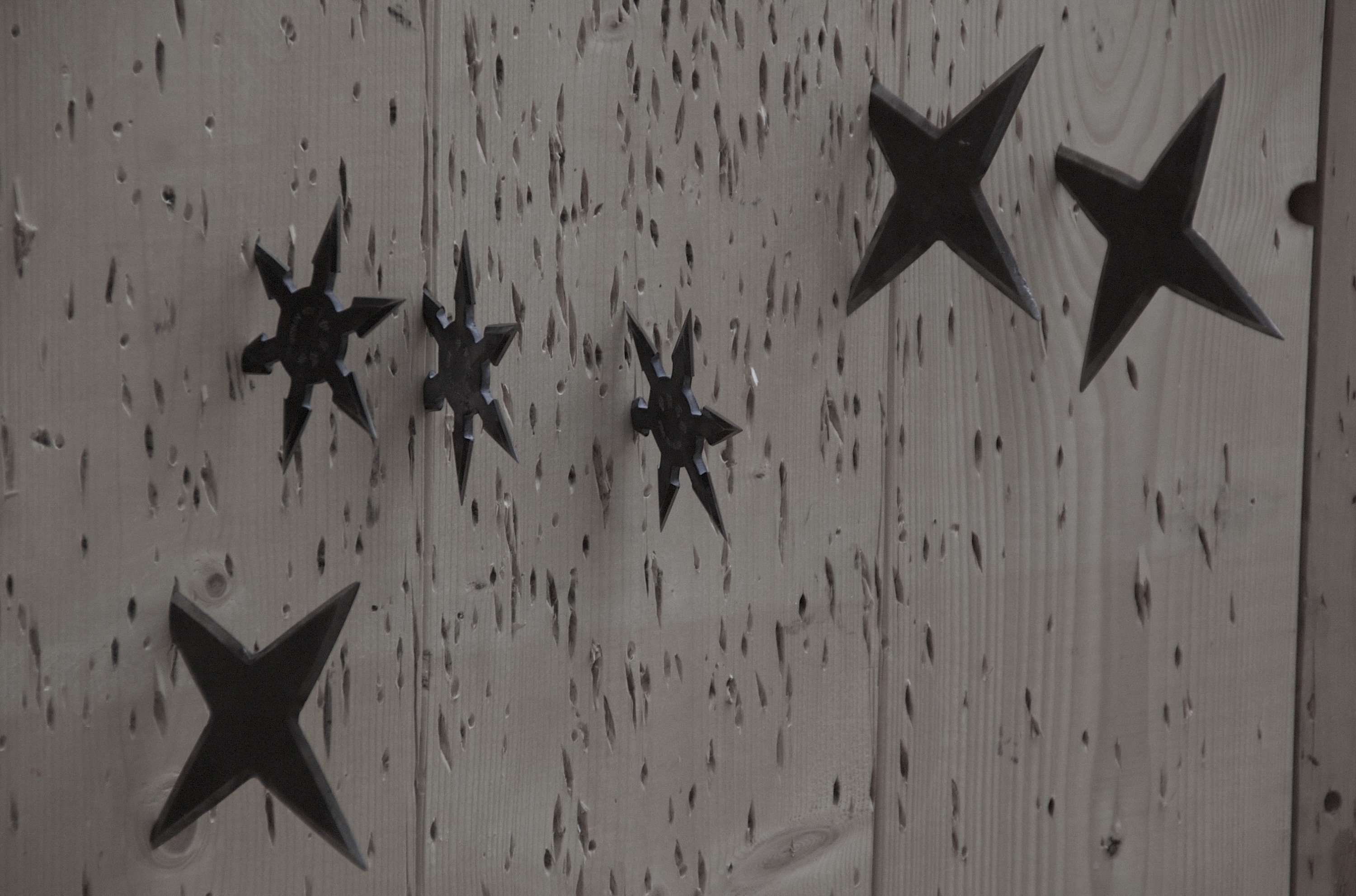
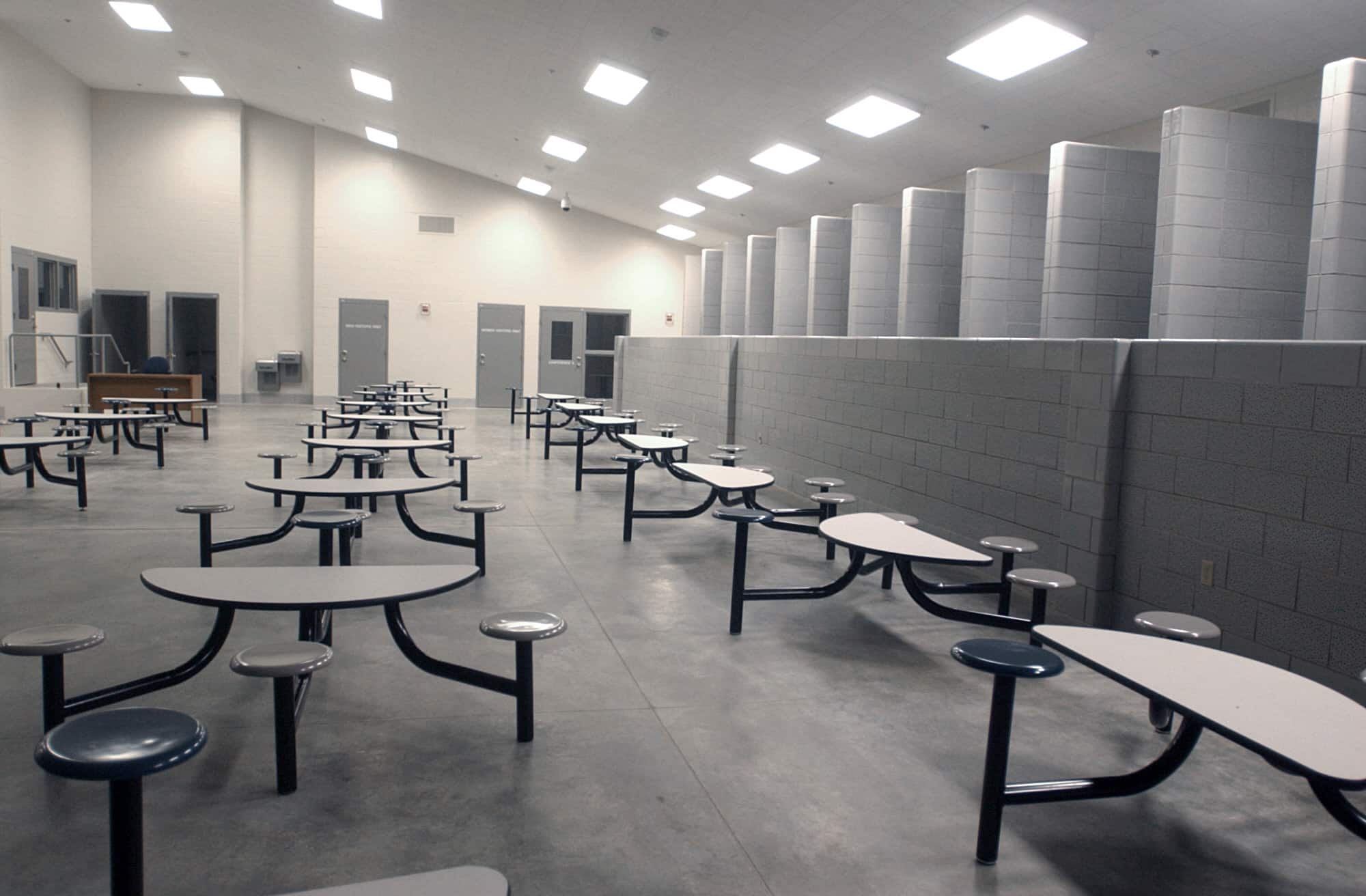
En Diseño y violencia: Estrellas ninja arrojadizas, Centro Correccional Thomson
Su proceso creativo consiste en recopilar toda la información posible. "Es realmente un problema", dice. "No tengo muchas otras aficiones. Es prácticamente lo único que hago en mi vida. Etiqueto y organizo, pero no es tan fácil. Mi Twitter acaba siendo un repositorio de las cosas que miro".
El día en que hablamos, Twitter se ha inundado con otra historia sobre violencia policial. El tema del diseño no parece urgente ni apropiado, pero Antonelli tiene una perspectiva diferente. "Creo que ahora, más que nunca, es importante que nos unamos para definir objetivos éticos y códigos de conducta y formas de abordar realmente lo que está ocurriendo en el mundo", afirma.
La exposición, el diálogo común y un intento de comunicarnos realmente con partes del mundo que no conocemos realmente: ése puede ser un ámbito para los diseñadores.
"Todos conocemos los atentados terroristas, pero mucha gente no conoce fiestas como el Eid. La única forma de que el mundo avance es considerar la cultura islámica como parte del futuro. Es importante que conozcamos las festividades y cómo celebrarlas. La exposición, el diálogo común y un intento de comunicarnos realmente con partes del mundo que no conocemos realmente: ése puede ser un ámbito para los diseñadores."
Su trabajo anterior sobre la relación del diseño con la violencia incluye una exposición experimental en línea llamada, apropiadamente, Diseño y violencia. Lanzada en el verano de 2015, Antonelli conservó objetos que iban desde un rifle AK-47 hasta unas esposas de plástico. El archivo está organizado en categorías temáticas: Hackear/Infectar, Constreñir, Aturdir, Penetrar, Manipular/Controlar, Intimidar y Explotar. Reflexiona sobre nuestra fascinación y sofisticación por la violencia. "Aunque el objetivo de los diseñadores es trabajar para mejorar la sociedad, es y ha sido fácil para ellos excederse, caer en la tentación, sucumbir al lado oscuro de un dilema moral o, simplemente, equivocarse", reza la declaración de intenciones de la exposición.
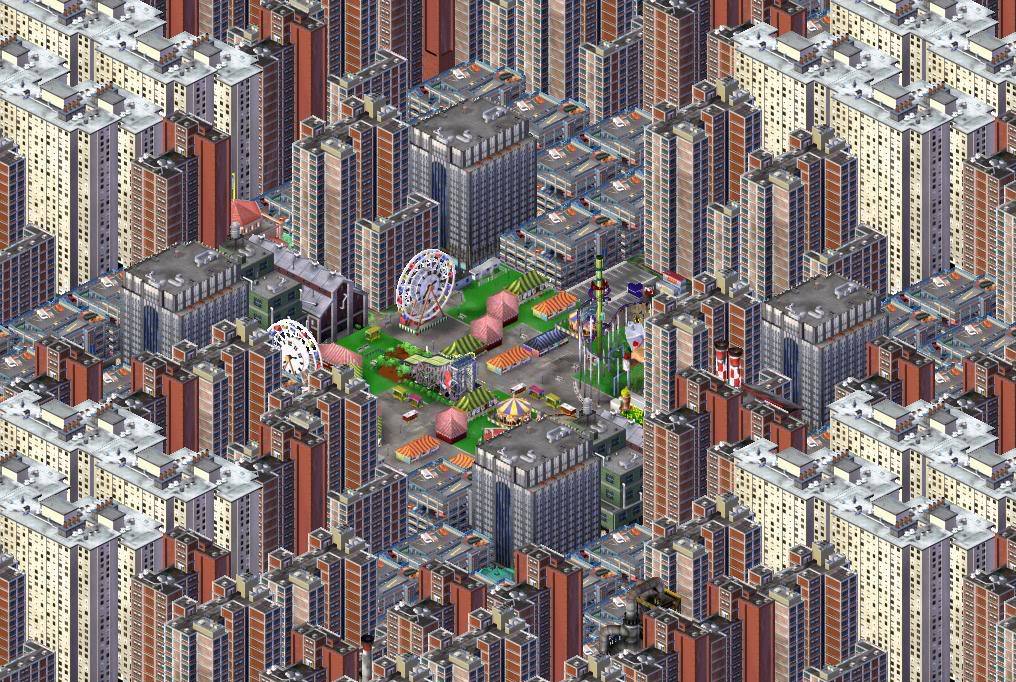

En Diseño y violencia: MagnasantiEliminación de cimas de montañas
El diseño se utiliza para exponer los problemas. Es una herramienta de investigación del mundo que nos rodea. "No creo que la resolución de problemas sea ya la primera prioridad del diseño", afirma Antonelli. "Hay tanta confusión ahora mismo y los diseñadores pueden ayudar realmente a la gente a entender qué hay que abordar".
La mayoría de los objetos "expuestos" en la página web del MoMA Diseño y violencia son verdaderamente horribles. Representan las peores partes de la humanidad y proponen dilemas filosóficos como: "El diseño para la guerra y las armas a menudo estimula nuevas innovaciones y adaptaciones para un bien mayor. ¿Puede conciliarse alguna vez esta relación perversa? ¿Justifican los beneficios el sufrimiento y la destrucción causados por encarnaciones anteriores de las mismas tecnologías?"
Ahora mismo hay mucha confusión, y los diseñadores pueden ayudar mucho a la gente a entender lo que hay que abordar.
Antonelli no rehúye muchas cosas y, sin embargo, los vídeos retransmitidos en directo con el hashtag #blacklivesmatter no se analizan desde un punto de vista académico. La importancia de su contenido supera las discusiones sobre los objetos que lo rodean. "El diseño no está ahí para disfrutarlo", aclara. "Está para ser utilizado o para vivir con él. Bueno, parte de él puede ser para disfrutar, pero no es el tipo de diseño que me interesa especialmente. En cambio, me interesa el diseño que puede ayudarnos a afrontar las situaciones".
Insta a los diseñadores a que se relacionen entre sí, mejoren continuamente sus habilidades y encuentren personas afines de otras disciplinas. A medida que excavan los problemas, ella recoge las reliquias y las comparte con el público. Está recogiendo prendas para una nueva exposición y todo lo que añade a la colección del MoMA adquiere un valor incalculable. "Estaba mirando las diferentes envolturas para la cabeza de mujeres musulmanas que hemos adquirido en el pasado. Adquirimos uno de Galya Rosenfeld que está hecho de malla metálica, por lo que es casi protector. Luego adquirimos Capstersque son tocados para mujeres deportistas musulmanas. No puedo decírtelo, cada adquisición significa mucho para nosotros como conservadores".
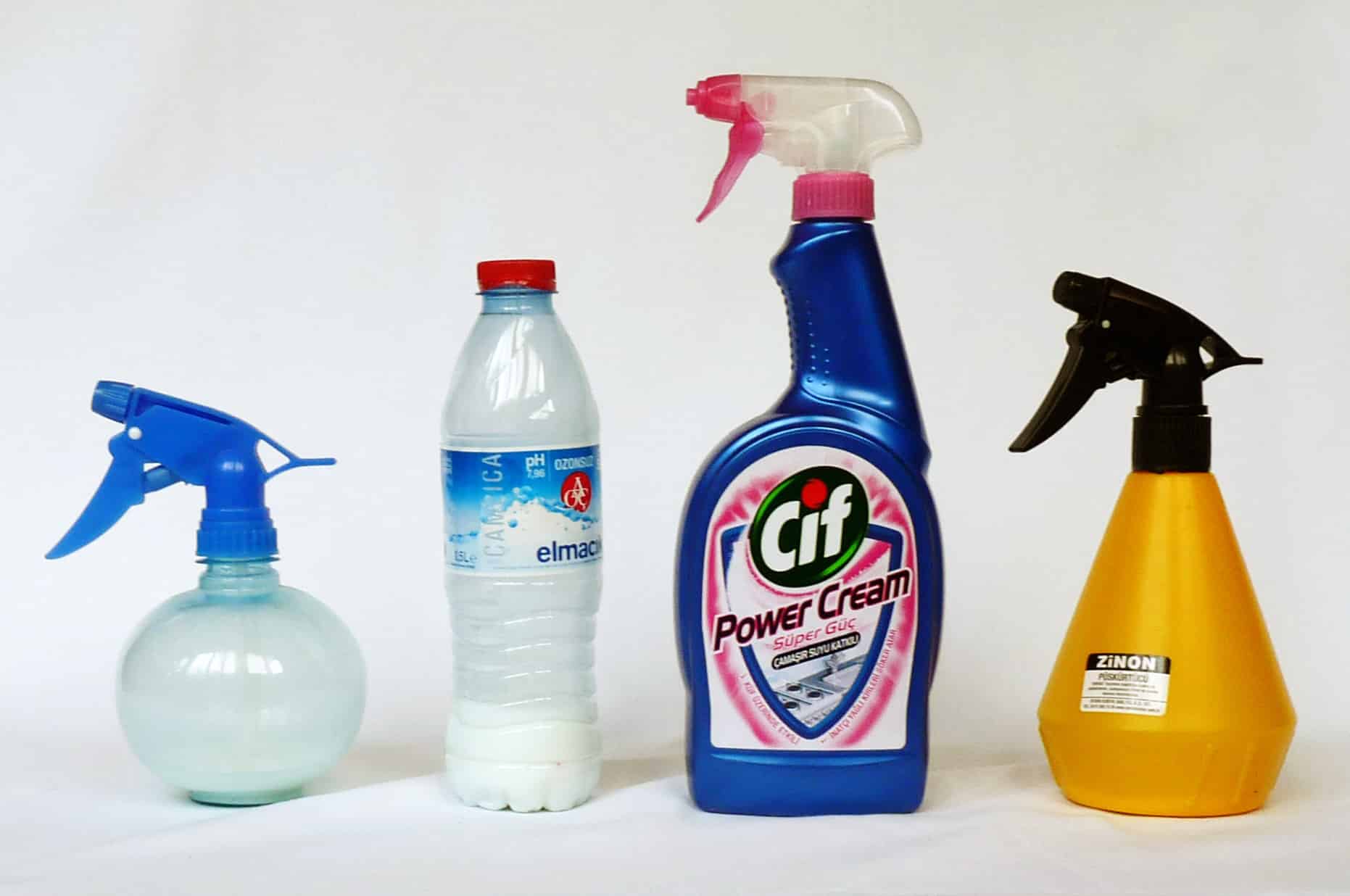

En Diseño y violencia:Objetos de protesta pirateados, Cañón de agua anti-pirata
La otra área del diseño que destaca Antonelli es el diseño y la biología sintética. Conecta con investigaciones más amplias sobre la creación de espacios digitales y cómo esos lugares responden a distintas leyes. "La realidad virtual no me parece tan interesante, aunque parezca mentira. Me interesa más la realidad aumentada y cómo puedes conectar el espacio digital y el físico, incluso sin ningún dispositivo".
Cuando encuentras a alguien versado en la historia de un tema, siempre merece la pena sondear su visión del futuro. ¿Cómo se desarrollará la relación entre los objetos y los problemas? ¿Encontraremos alguna vez respuestas a cuestiones resbaladizas como la violencia?
"Me gusta pensar en los diseñadores como puentes", dice, "y he estado teorizando para el futuro que quizá el diseño seguirá el camino de la física y que habrá diseñadores teóricos y diseñadores aplicados, de modo que habrá diseñadores teóricos, quizá, que ayudarán a enmarcar los problemas que ayudarán a dirigir a la gente y a otros diseñadores, y luego estarán los diseñadores que harán las soluciones".
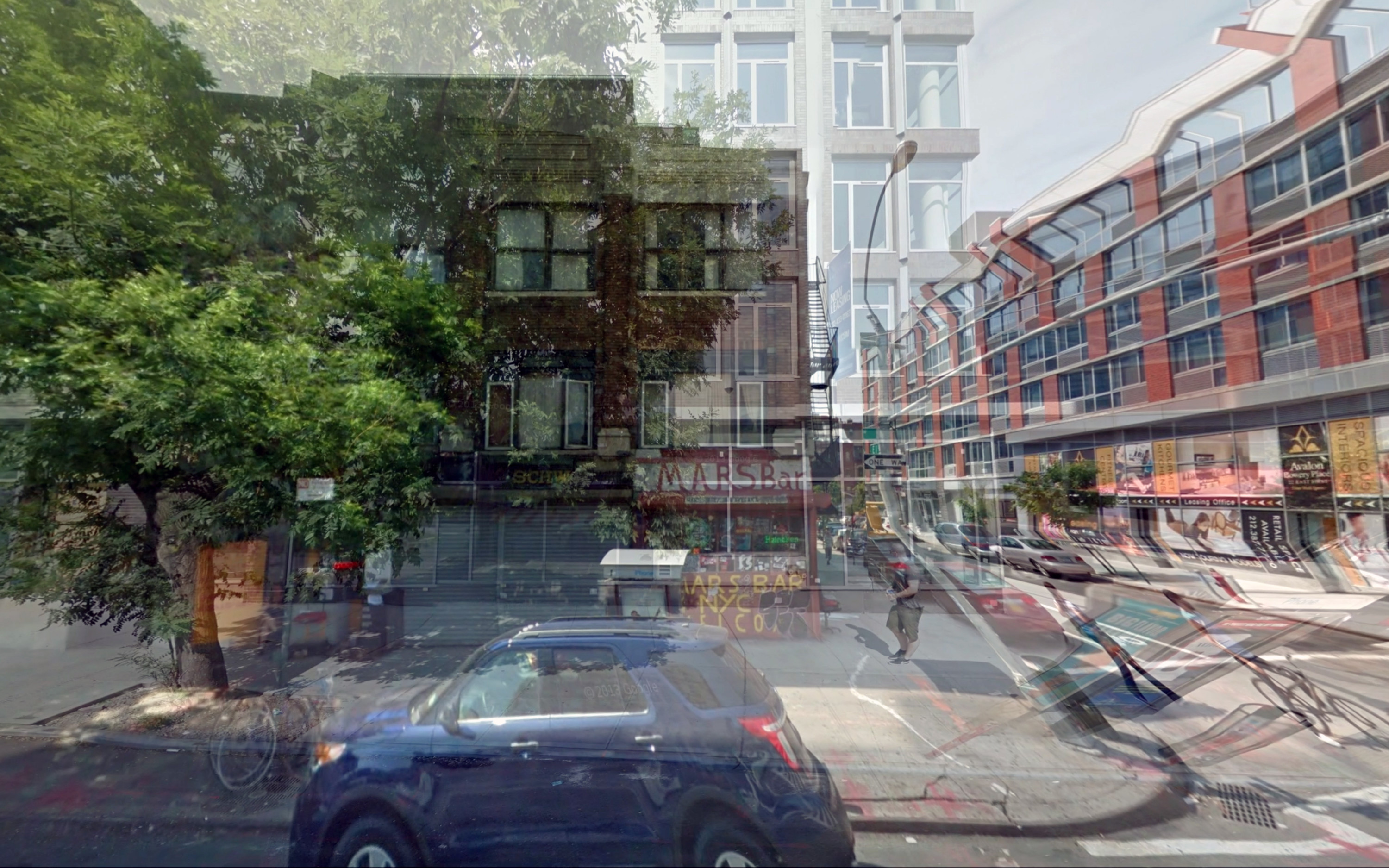
En Diseño y violencia: Vacío por Justin Blinder
Paola Antonelli viene a Toronto los días 3 y 4 de noviembre de 2016 para el Asociación de Diseñadores Gráficos Registrados (RGD) anual Conferencia DesignThinkers. En su 17ª edición, DesignThinkers es la única conferencia de Canadá dedicada exclusivamente a la comunicación visual y uno de los eventos de diseño más prestigiosos del mundo.
Imagen de cabecera vía Vimeo/Imágenes vía MoMA
